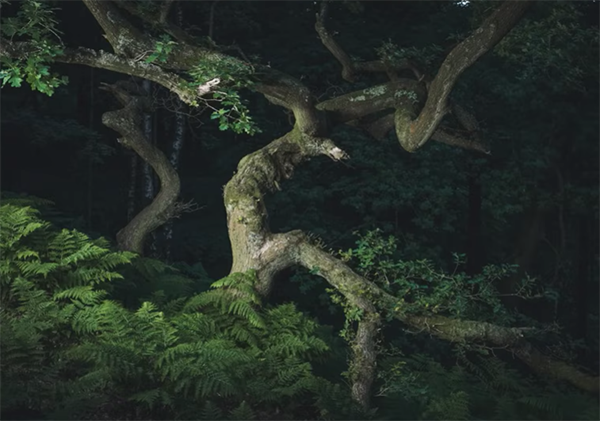Use REFLECTIONS to Shoot Amazing Photos on the Street (VIDEO)
Are ready to elevate your street photography skills and capture spectacular imagery? If so, this 12-minute video demonstrates a powerful yet simple technique for getting the job done.
Instructor Peter Forsgard is a Helsinki-based pro whose tutorials explore the art and techniques for capturing the essence of urban life. In this eye-opening episode he demonstrates how to unlock your street photography potential by incorporating reflections into your photographs.
Forsgard’s methods are appropriate for beginners and experienced photographers alike. As he says, “This technique will help you capture stunning images that tell compelling stories.” The practical insights you’ll learn will definitely enhance your creativity and take your street photography to the next level.

Reflections can be found everywhere in the urban landscape during daytime and at after the sun drops below the horizon. As you’ll see, suitable subjects include windows, shiny building surfaces reflecting light, puddles on the ground after rain, traffic mirrors, vehicles with reflective surfaces, and many others.
Forsgard’s first of seven foolproof tips demonstrates how to experiment with camera angles and the vantage point you choose to heighten the effects. He notes that when shooting straight on you’ll often appear in the reflection. Sometimes this may be what you want to include yourself in the story, but usually it’s not.
The next tip is to play with light and make a dull scene more interesting, and Forsgard puts it like this: “When photographing reflections you need some shadow play with both bright and dark areas within the frame.” You’ll see why this approach is particularly important when shooting at night.

Other key topics include creating symmetry, including human elements in a shot, and conveying movement in the reflections. You’ll also learn how to layer reflections for enhanced depth and dimension, and why focusing on color and contrast makes a big difference.
There’s also a quick discussion about gear, and Forsgard includes a link in the description beneath the video with a list of his favorite equipment. After watching the tutorial take a look at his instructional YouTube channel, where you’ll find additional tips and techniques for photographing on the street.
And don’t miss the recent tutorial we featured with another accomplished pro who demonstrates how to rehabilitate outdoor photographs with distracting backgrounds using a powerful in-camera technique.











